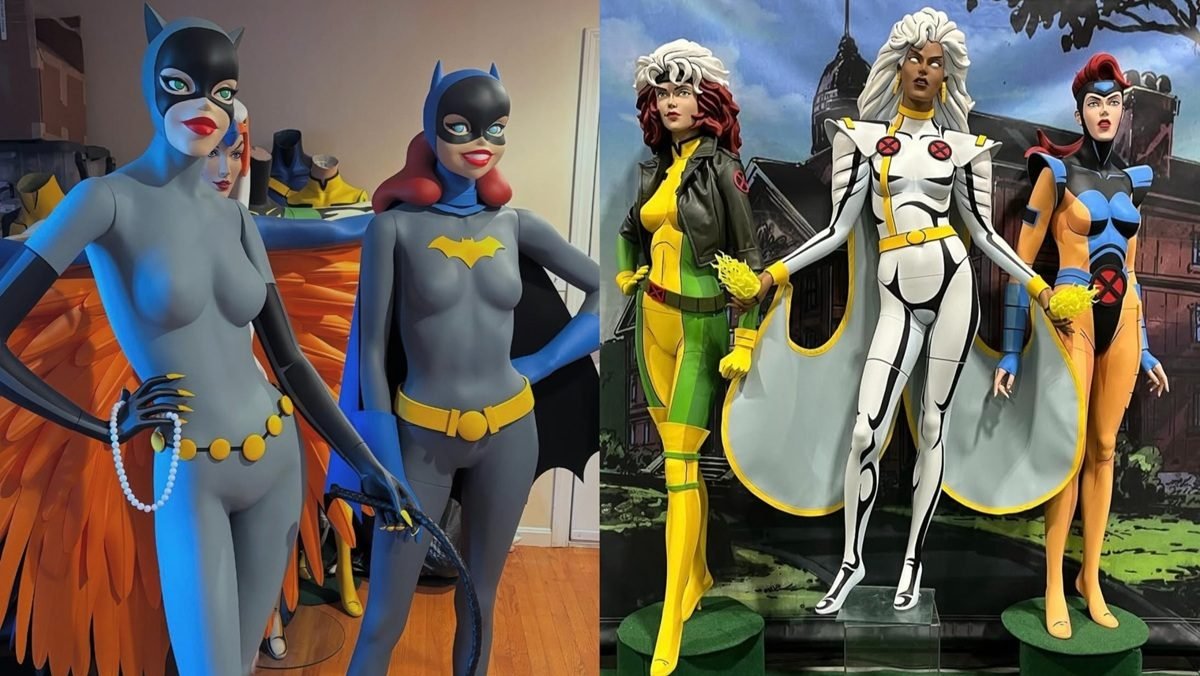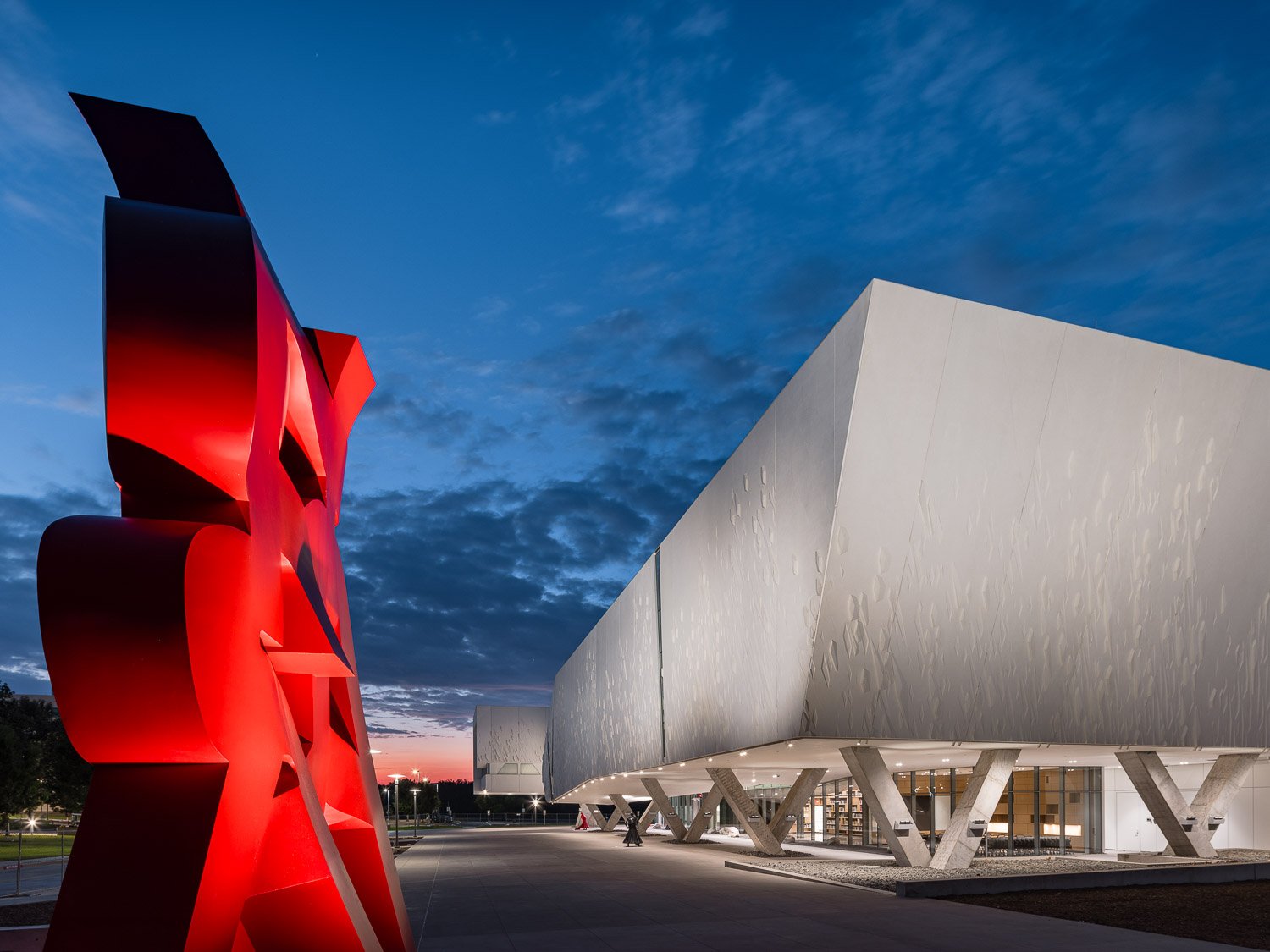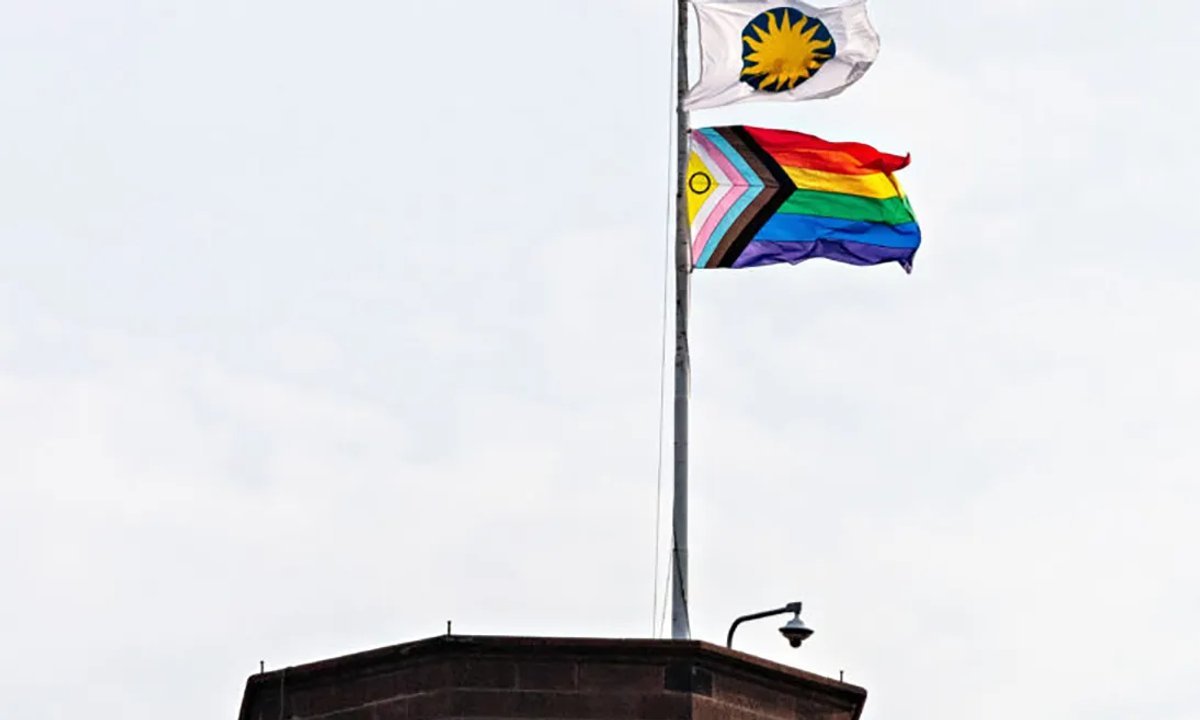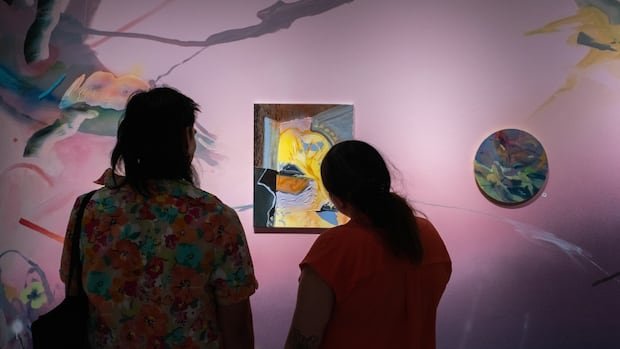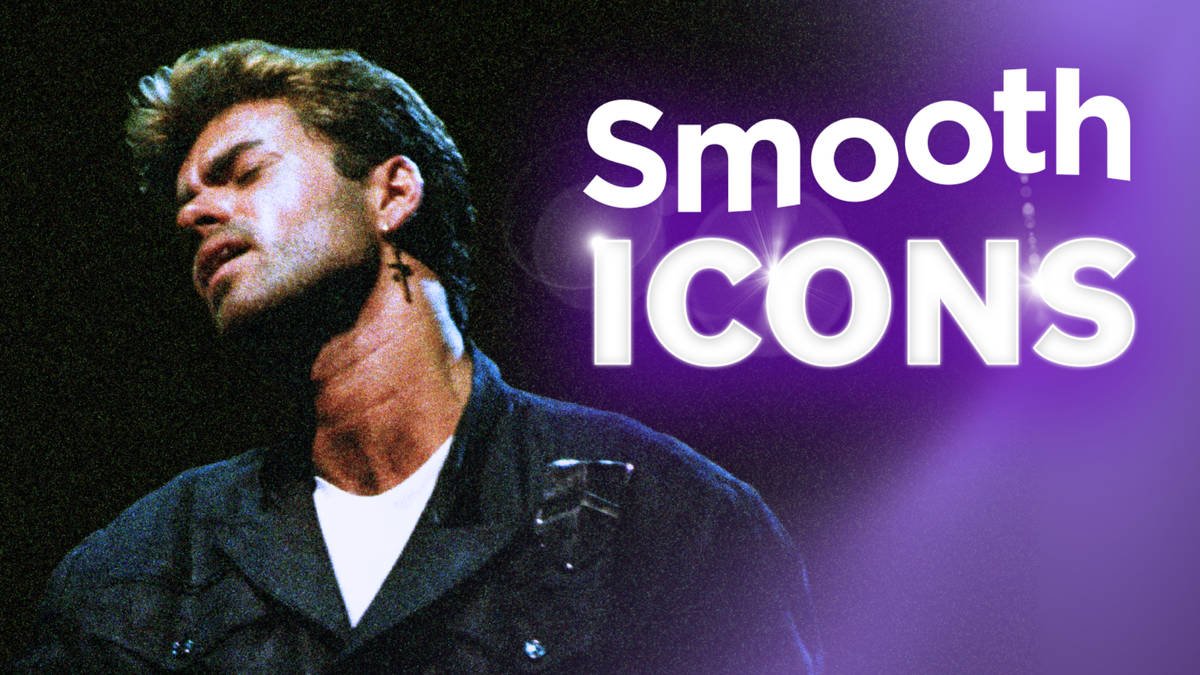The Main Street Museum in downtown White River Junction is packed to the rafters with an unwieldy collection of objects and ephemera, ranging from sheet music to taxidermy to local artifacts. The institution’s unifying principle is that it’s a gathering place for the curious. Since its inception in 1992, the campy, volunteer-run venue has billed itself as a kind of third space — a hangout other than home or the workplace — that wears its eccentricity like a badge of honor.
The museum is currently showing an exhibit of more than 80 postcard-size drawings by comic artist David Libens. Born in Belgium, he now lives and works in White River Junction. In 2010, he received a fellowship from the local Center for Cartoon Studies and is part of a small but vital comics and cartoonist community that has sprung up in the historic railroad town.
Entering the Main Street Museum, there is a lot to see right away: The foyer opens up into a cavernous room brimming with myriad curiosities. Indeed, the museum models itself after the wünderkammern of a bygone era. Libens’ framed pen-and-watercolor drawings are hung on opposite walls of the space in a seemingly random salon-style scattering.
The quivering line quality of the drawings amplifies their emotional aspects, and the loose, rich washes of pigment cast each scene in a distinct atmosphere or mood. This seamlessness of line and wash evinces Libens’ command of his craft. The informal display, the artist’s wry humor and his attention to local details all contribute to an unmistakable synergy between the venue and the artwork.
The space’s quirkiness augments the neurotic musings that accompany many of Libens’ drawings. In “February 12, 2024,” a frazzled man (a self-portrait) snips the tips of his unruly hair. He looks through wire-framed glasses as strands of hair fall to a pile on the floor. The text reads, “This morning cut some of my hair then shitty day at work … I feel like my heart’s gonna explode outta my chest.” The captions are the internal monologue of an artist with a misfit’s ethos navigating the daily grind as best he can.
In a recent interview with Seven Days, Libens described his subject matter as “a weird mix of humor, dealing with big feelings and everyday life.” Despite a self-professed anxious temperament, Libens thrives on being out and about, drawing in public and sharing his work with his community. “It’s interesting how people perceive comics,” Libens said. “You don’t just have to draw superheroes in a studio … You can bypass that and go right to the sharing aspect of comics.”
Libens works at a local co-op, and the postcard format allows him to discreetly draw anywhere. “I can draw between customers,” he said. “It fits the conditions in which I work.” This practice also underscores the subtle narratives about labor and capitalism that bubble up throughout Libens’ comics.
“The Power of Money” tells the story of an artist who bypasses the art store because materials are too expensive. With just a couple of key words, a directional arrow and a main character, a whole autobiographical tale unfolds on a 3-by-5-inch piece of paper. While Libens’ drawings are unapologetically diaristic, his facility as a visual storyteller brings out broader themes.
One standout work in the show is “Alive,” a grid composed of 15 drawings with the word “alive” and a date emblazoned on them. Some feature calm landscapes; others show storms and fires. The grid is presented in a fancy gold frame, bringing the work closer in format to a more traditional painting than the smaller, more casual drawings. The repetition of the word “alive,” paired with the mutability of natural forces, suggests resilience in the face of conditions beyond one’s control.
The Main Street Museum is a tough venue in which to show art, partly because of the sheer abundance of visual material everywhere. Its hours are sporadic: Visitors text a phone number to see the exhibit by appointment or stop by during weekly events, such as Revenge of Movie Night on Tuesdays and Piano Night on Fridays. But the experience is ultimately endearing. Spending time with Libens’ self-reflective drawings is akin to having a casual conversation with a friendly — if slightly oversharing — stranger.
“I try to find common ground for everyone as a way to not just be autobiographical,” he said. “I make distinctions between privacy and intimacy … It’s about connecting.”
Updated July 11: A previous version of this story misstated the local cooperative at which Libens works.






